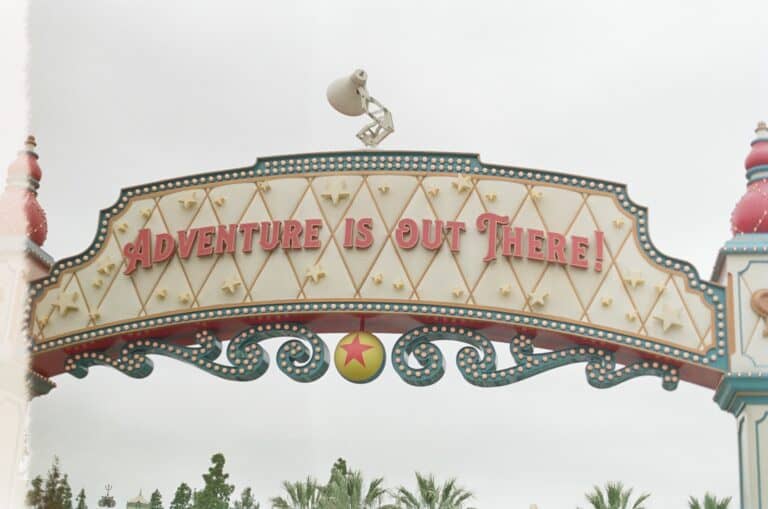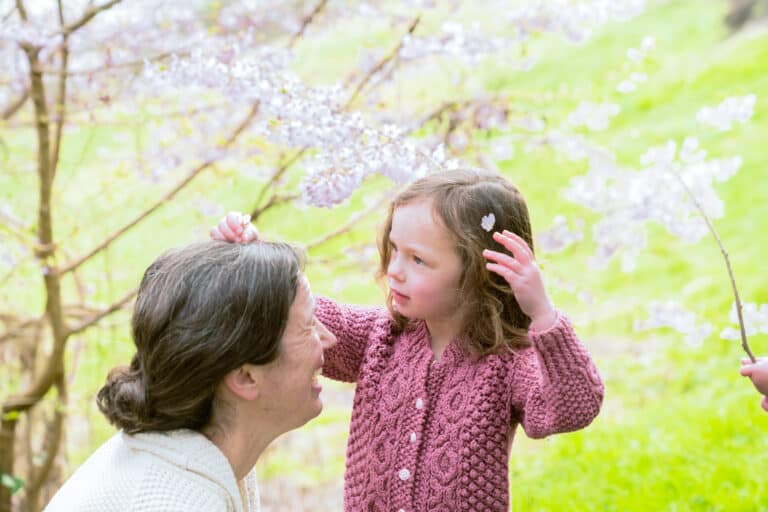Why I Shoot Mirrorless
The Basics
What’s the Difference?
What I’m here to talk about today are the reasons I switched from Canon to Sony, why it’s helped make me a better photographer, why it benefits me as a professional photographer, and why it’s helped me as I photograph my own children. I’m not here to run down the technical reasons I shoot mirrorless after moving from a DSLR. There’s a ton of better explainers out there that can get into the nitty-gritty of the differences between the two, and they’ll do it much better than I ever could. My experiences are to detail why I made the switch in systems and ultimately just lay out for you why I shoot mirrorless.
The short version is that a DSLR and a mirrorless camera capture images in vastly different ways, and they also show you the images you’re seeing/shooting in different ways. Mirrorless cameras capture the image directly onto the image sensor, whereas a DSLR uses, well, a mirror. A mirrorless camera shows you what it sees/captured through an Electronic Viewfinder whereas a DSLR shows you exactly what you’re seeing/what you captured. There’s a lot more to it than that and if you’re interested, I really encourage you to delve into the differences. Learning the technical specs of cameras is fun and can only benefit you as you improve your craft!
The Nitty-Gritty
Why I Switched and What I Like

f/11, 1/200, ISO 200
- Weight: Even with a full-frame a7iii, it’s still leagues smaller than my old Canon EOS 30D (there’s a reason my name for it was Kaibutsu-kun, or “Monster”). When you’re photographing a family session, there’s a lot of lifting and lowering of the camera while you give directions or engage the littles. Add in a 24-70mm lens (my go-to, which tends to stay on my camera body for at least 85% of the session), you’re talking a fair bit of weight. The biggest tipping point for me there was that I can be out for around 4-5 hours for mini sessions (shooting time with families plus time to do test shots and set everything up); that’s a lot of weight-lifting. Mirrorless cameras are far less hefty than their DSLR counterparts which means I’m less exhausted at the end of my session.
- Size: Tied to the first point, a smaller, lighter camera means that I can take my camera out on family outings or just break it out at home a lot more often than I would with my old Canon. I’m able to toss my camera in the backpack when we go out for the day, pack it in and out, and carry it around for a lot longer, whether we’re at a museum or out on a trail.
- Investment: When I was looking at new cameras, I had a decision to make: continue investing in the Canon system, or make a full switch to Sony. Switching from one system to another is definitely a big decision, especially if you’ve spent a lot on that system already! Now that Canon is into the mirrorless game with the EOS R, I would have a harder decision about switching systems, but I would still absolutely switch from DSLR to mirrorless, regardless. At the time that I switched, there were a lot fewer third-party lens manufacturers for Sony, but now that more companies are making lenses, it’s much easier to jump in at a reasonable price point.
- Electronic Viewfinder: Although I’d been taking photos for about 10 years when I made the switch to doing this photography thing as a business, I’ve found my photography has improved greatly after switching to mirrorless. I know for some friends who’ve been using DSLRs, the switch to the Electronic Viewfinder (EVF) is a bit of a hurdle, but it’s helped me a lot in understanding what I’m seeing and knowing how far I can push my cameras. In low-light situations, especially during sunset sessions, I’m better able to gauge how dark is too dark and when I need to crank my ISO or just switch to off-camera lighting. It’s easier to judge when I should be a little more cautious and shoot a step or two down, and I’m more confident when I shoot fully open to know that I’m going to get the results I want. It’s much easier to get the image right in the camera and not spend so many hours correcting in Lightroom.

f/2.8, 1/125, ISO 2500
- Ease of Use/Learning Curve: It’s really easy to jump into a mirrorless system and even if you’re using the preset modes and not manual, it’s super easy to get the hang of how the camera works. You can spend a lot less time learning your way around the camera while you learn to shoot. When I hand my camera off to someone, the controls are much easier to use, and I do genuinely think the EVF helps a lot for seeing how small changes — switching from f/9 to f/12, for instance — make a huge difference in how the final product looks. I know I won’t have to spend as much time explaining how things work; it’s really intuitive.
- Auto Focus and Continuous FPS: Sony’s new Eye AF is an absolute game changer for me. Kids are always in motion, and my work as a storyteller depends on capturing that. I often have kids running around, running toward their parents, jumping; you get the idea. The Eye AF on the a7iii is pivotal in helping me track my subject, even when they’re running at full speed. That combined with the 10fps continuous shooting means that I can hold the shutter down, follow the motion, and know that I’m going to get the shot every time.
- Quality Cameras at Every Price Point: When I switched to Sony about 3 years ago, I jumped in with the a6000. It’s one of their smaller cameras and one of the most affordable. It’s the size and weight of a point-and-shoot with the quality of a full-frame. It’s easy to jump in and get a good starter camera with the Sony system and still be able to do almost all the things you’d do with a full-frame. I still bring it to shoots as my backup camera, should anything go wrong with my a7iii. I may not be able to push it as far in low-light, but I know that for basically everything else, I can count on it to do what I need it to. Related to the above point about learning curves, it’s also incredibly easy to teach a total camera newbie how to use it. Sometimes I think the size of a full-frame makes it feel much more intimidating to someone who’s interested in photography but who hasn’t done more than use point-and-shoot cameras or their phone. The price point makes photography so much more accessible.
Takeaways
Should I Go Mirrorless?
I don’t know, friend; I can’t make your decisions for you. What I can do is ask you what you like about your current system. What would you improve if you could? What do you absolutely hate about it?
My decision was influenced by a number of factors, most all of which I’ve expounded upon above. What it really came down to, in the end, was innovation. Researching new Canon cameras three or four years ago, I felt more like I was just blowing a bunch of money for a newer version of the same camera I had: improved image quality, newer technology, but nothing that really grabbed me; I was upgrading for the sake of upgrading. That’s not a knock on Canon, per se (though it sure does sound like it); they make fantastic cameras. I just wasn’t as, well, invested in them as I once had been. Seeing what Sony had been coming out with for a few years prior, seeing where they were going, and talking with friends who shot on Sony, I was much more interested in what they were doing and more excited about spending a bunch of money on a new camera. More than that, though, I felt much more confident about my ability to work as a professional photographer with the Sony system rather than Canon.
If you’re just jumping into photography, I would rent some cameras from your local store and see what you like about each. Research models at similar price points and decide where your comfort level is. What do you really need out of a camera? What would you like to do with it? When you rent each model, do some of those things and look at the results of each. Which camera produces results that are closest to what your vision is? Could you see yourself really learning the ins and outs of that camera and using it for at least 3-5 years?
Cameras are a real investment — it’s not just the camera body or the lenses, it’s time and effort. If you buy a fancy camera for the sake of buying a fancy camera but can never learn your way around it, you’re likely going to feel guilty and not really delve into photography like you might’ve wanted to do before. Read reviews (I love DPReview), talk to people you know who have different types of cameras and ask them what they like or don’t like about theirs, and if you’re able, rent a few and give them each a test drive the same way you would a new car.
I hope I’ve at least given you good points to think on as you make your decision! Have a flip through more of my work (especially the travel vs branding stuff) to see some of the big differences between the two systems in action. Good luck!




